Before we look at how To sprout Ragi you must be wondering why sprout Ragi or can it be sprouted? Well, being a seed it can very well be sprouted, it sprouts beautifully and in much less time than legumes.
Sprouted ragi is much more nutritious and easily digestible. Use ragi sprouts for making salad or snacks or turn it into sprouted ragi powder.
In this post, I am sharing how to make Ragi sprouts and along with that also sharing as to why sprout Ragi and then most importantly, how to use that sprouted Ragi. No specific recipe is there but definitely an interesting and knowledgeable read. Hope you will like it.
What is Ragi?
Chocolate-colored Ragi is millet and is thus gluten-free too. It is known by different names in different languages, like Nachni in Marathi, Mandua in Hindi, Finger millet in English, and so on. And this popular name Ragi belongs to the Kannada language.
Read: All About Millets
Why Do We Sprout Ragi?
Ragi or Finger millet is an extremely nutritious millet seating on the topmost pedestal of millets then what is the need to sprout it? Sprouting increases the nutrients that is well known.
Must Read: How To Make Sprouts And Why?
Ragi sprouts are not only much more nutritious but these are beautiful to look at! Chocolate-colored Ragi with white sprouts looks very tempting, something like an artwork.
Apart from other nutrients, Ragi is extremely rich in calcium and iron. 344 mg of calcium and 3.9 mg of Iron in just 100 g! No other millet is nearby also. And imagine when this figure multiplies by 20 then what? It means 6880 mg or 6.8 g in every 100 g. And this increase happens just when you sprout Ragi.
Benefits
- Increase in calcium by 20%
- Increase in iron by 10%
- Vitamin B12: Sprouted ragi naturally contain B12 in it! We, the vegetarians have very limited options to consume B12 and thus its deficiency in vegetarians is very common.
- Reduction in antinutrients like phytic acid.
- Lower GI in sprouted ragi: Proportion of protein and fiber increases and that of starch decreases in sprouted ragi, and its overall impact is that sprouted ragi has a lower GI than the non-sprouted ones.
- Easy digestion: Sprouting ragi can be easily digested as dense proteins are converted into easy amino acids. This is the reason, sprouted ragi flour is the most preferred option to feed babies. You can read about the benefits of sprouted ragi .here
How To Make Ragi Sprouts?
- Ragi seeds are sprouted just like any other legumes or grains. First of all, it is rinsed and washed properly by changing water several times so as to get rid of dust and debris if any in it. Thereafter, it is soaked. As I always say, good sprouting depends to a great extent on soaking. You need to soak it for at least 8 to 12 hours.
- Ragi seeds are so small in size that even after soaking there may not be any major difference in size, like moong beans or other grains, but it does make a difference.
- After that, it is left in a colander or tied in a cloth and left overnight or for 2 or 3 days. Longer the duration, the bigger the sprouts. But it starts its germination process after about eight hours and you can see small sprouts coming from it after 12 hours only.
How To Make Sprouted Ragi Flour?
Once you have sprouted Ragi then turning it into flour is really easy though a bit time-consuming. For this, sun-dry ragi sprouts. Once completely dried then grind them in your mixie and our sprouted ragi powder is ready.
Ragi flour made from sprouted ragi is full of nutrition and extremely good for digestion. This flour is especially good for babies and is therefore used for making porridge for them. You can use this flour just like normal ragi flour for making porridge or pancakes or muffins or bread. Sharing here my method of making Sprouted ragi flour.
If you are looking as to how to make Ragi flour at home without sprouting, then the method remains the same. Soak seeds for 8 to 10 hours. Thereafter, put them in a colander for an hour or so that excess water is drained. Thereafter dry these in the sunlight or simply under the fan and then grind into a fine powder.
Step By Step Instructions
A. Make Ragi Sprouts
- Rinse ragi seeds in fresh water several times and soak them for at least 8 hours.
- Drain all the water and leave it in a colander or tie it in a muslin cloth.
- Or, you can use a handkerchief also. If using a cloth, you need to hang it somewhere so that excess water drips off. Instead of this, there is an easy way. Keep the soaked ragi seeds tied cloth in a colander and keep the colander over a bowl. Doing this way will ensure that water if any drips off.
- Keep this colander in a warm and dark place. A microwave oven is the best place to do so. Leave it for 8 to 10 hours.
- Open the cloth and check Ragi sprouts. If very small, sprinkle little water and again leave it to germinate.
- Repeat this process 2 or 3 times till ragi is sprouted well.
Use your sprouted ragi for whatever purpose you intend to.
B. Make Sprouted Ragi Flour
- For this, spread the sprouted ragi on a cloth and let it dry completely. You can dry it in sunlight or under the fan. If keeping it under sunlight then cover it with some mesh to protect it from dust and from birds too. I dried it under the fan on my dining table only.
- Let it dry for a day or two. If not able to dry it fully, like in cold weather, then dry roast it in a wok on the gas stove for few seconds.
- When completely dry, grind it to a fine powder.
- After grinding, pass it through a sieve so as to get separate any bigger particles in it. Grind those bigger ones again and add to the powder.
- Store it in an airtight container in the refrigerator.
- I made very little quantity of it so I managed to grind in my grinder only.
FAQs
Q) If my Ragi seeds do not sprout?
Possible reasons can be:
-
- If the Ragi seeds are not well soaked they will not sprout. So, ensure that you soak these for at least 8 to 10 hours. Read: Why Soaking Grains is Necessary?
-
- Seeds should remain moist. If completely dry then there will not be any germination.
Q) Is it necessary to sun-dry ragi sprouts?
- Not at all! You can dry these under the fan also. Lay the sprouts on a cloth and put them under the fan.
- If not able to dry it fully, like in cold weather, then dry roast these in a wok on the medium flame on the gas stove for a few minutes.
Q) What can I make with sprouted Ragi?
Though there may be many others, but I am sharing three ways I have used sprouted ragi for. these three are:
- Millet Salad
- Sprouted Ragi Cutlet (No potatoes)
- Sprouted Ragi Flour
Q) What can I make with sprouted Ragi flour?
Sprouted ragi powder or flour can be used just like regular Ragi flour. You can use it for making:
Let's Connect
I hope you have liked this method of making how to sprout ragi. I would love to have your views regarding this.
Thank you for reading this post. If you have liked this recipe then do let me know by leaving a comment below. Your feedback fuels my enthusiasm. You may share this post with your dear ones by clicking on the little buttons below. You may follow me on Facebook Pinterest Instagram (#samirasrecipediary) too. for latest recipe updates. Thank you!

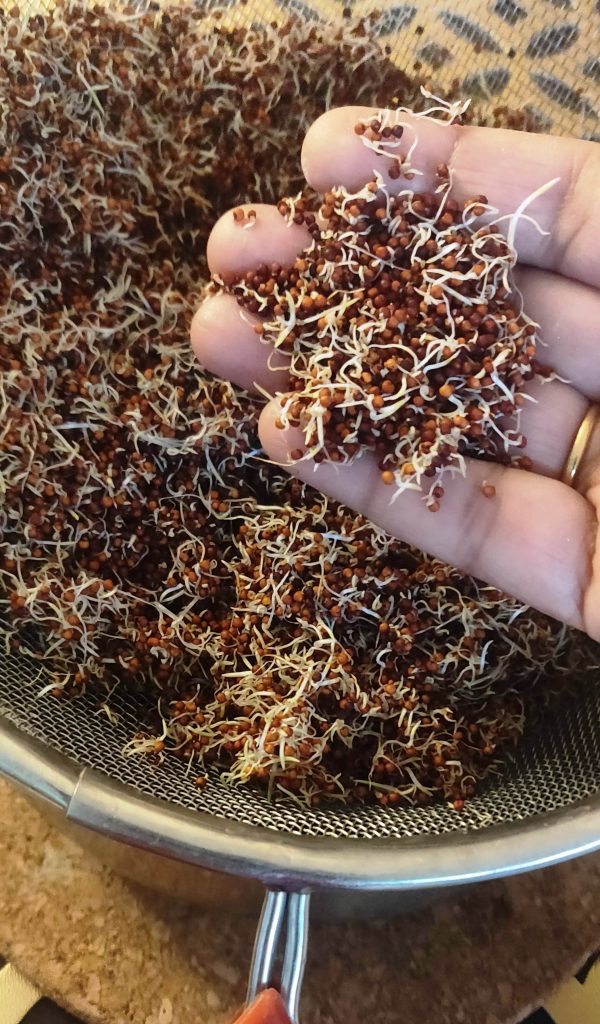
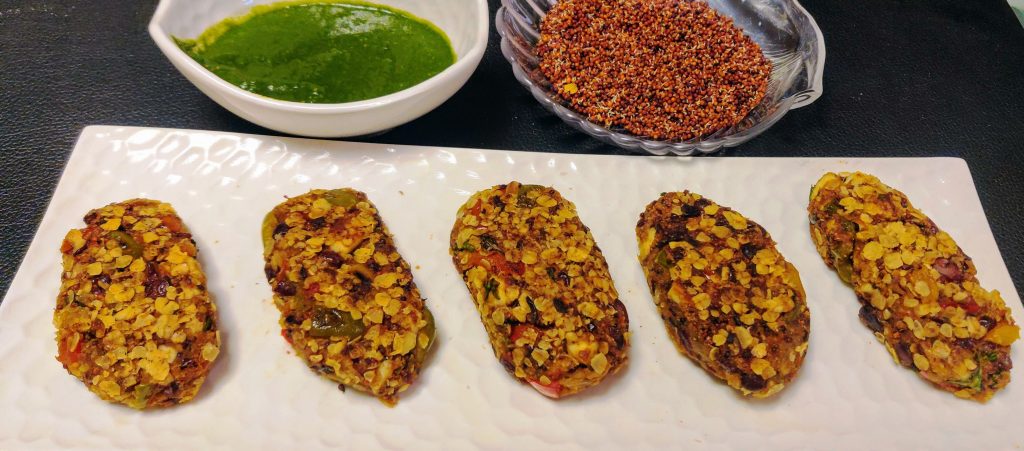
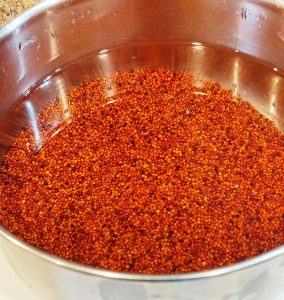
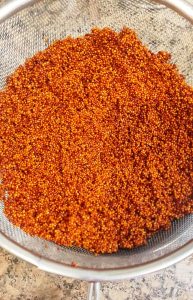

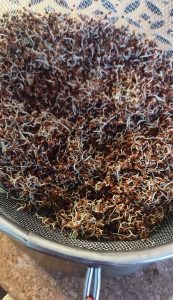
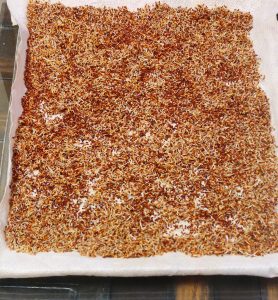
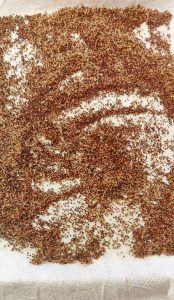
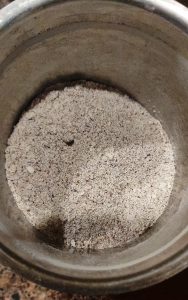

Amazing post! Thank you! I was looking for it for a long time now.
Really happy that you got what you were looking at! Do share your feedback once you try these out. Have a good day!